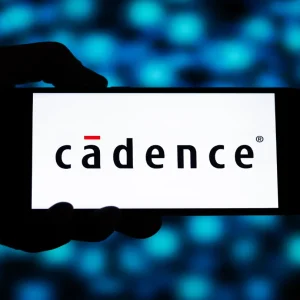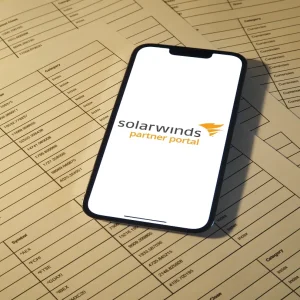
With BlackBerry’s acquisition of Good Technology and Samsung recently announcing a tie-up with Red Hat, the enterprise mobility world is seeing increasing consolidation and partnership.
One of the flagships for the collaborative approach is IBM’s alliance with Apple: IBM MobileFirst for Apple iOS. The two companies collaborate on industry-specific apps for iOS in a range of fields, including healthcare, engineering and customer service.
Why are they working together? A key reason, according to Katharyn White, IBM’s global lead for the partnership, is the difference in expertise.
"I think this combination of what we bring from a research standpoint, from cloud, and from our combined efforts on things like security, has been valuable on both sides.
"The combination is really powerful, because what IBM could do is address any level of complexity. But we couldn’t always make it seem simple, and that’s what this partnership brings."
The two companies come from two very different places; Apple is one of the world’s foremost consumer-focused companies, while IBM is focused on the enterprise market. According to White, this has led to expertise flowing in both directions in the partnership.
"I think it works both ways, but I can obviously see it more from an IBM perspective. I’ve learned more about simplicity and user experience in the last year than in my whole life up to this point. But I think Apple would also say that they’ve learned more about enterprise; they certainly value our depth of industry understanding."
White adds that IBM also chose to work with Apple because of the strength of its platform.
"The platform is also meaningful for us: the percent of users that are on the latest OS of Apple and the stability that you get in the platform, with the combined hardware and software.
"A simple example is on the security front: the only fingerprint authentication that’s allowed within IBM is Apple’s, because of the strength of how the hardware and software work together.
"So we made a decision on the platform as well, in addition to what they bring from an experience standpoint. We also have embraced the approach. Apple could have asked us to resell their stuff, but they didn’t want us to; they wanted to change the experience."
At the heart of the partnership is a drive to achieve that Holy Grail in enterprise applications; a work app that feels like a consumer app. Unsurprisingly, this drive came primarily from Apple:
"Apple said to us, we don’t want minimum viable product, we want minimum wow product.
"We start some of our workshops by saying ‘name your favourite app’. It’s almost never an enterprise app. There’s no reason for that. Mine is Shazam, because the first time I used it I said, ‘wow, how did it do that?’
"That means that if the first version doesn’t wow us, like Shazam did, then we’re not going to use it."
"I downloaded it seven years ago, but it fundamentally still does the same thing; it changed my behaviour but it still created that ‘wow’. That’s what we want to do for enterprise."
White highlights some of the applications, including one helping pilots to calculate how much fuel they need.
"When the pilot has 20, 50 other things to deal with, it’s too easy to not spend the time to really optimise that decision."
"We’d already done work in IBM Research around taking 5 years of data looking at aircraft size, weight and routing: all the different variables that affect that decision. But it was upwards of 20 screens to get that answer in the moment.
"Through the partnership, we redesigned it to this app, which is essentially one screen, two taps and slider bars."
The simplicity of the application is the key, White says.
"You don’t need a lot of training for it. None of us ever went to training for Shazam, why should we go to training for these things?
"This app really taught me how much user experience and adoption go together."
This app sits among a suite of other industry-specific applications, covering field as diverse as engineering and customer service. The partnership has set a target of 100 apps by the end of this year.
"When you take this depth of understanding of the back-end with an obsession with the user and a use-case that absolutely changes the organisation; nobody else is doing that. That is absolutely going to change the enterprise."
"I don’t talk to C-suite people who ask if this is going to work. The only question is where do we start."






